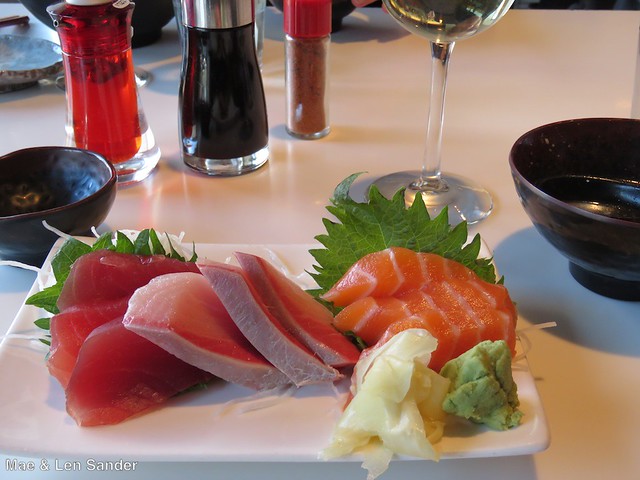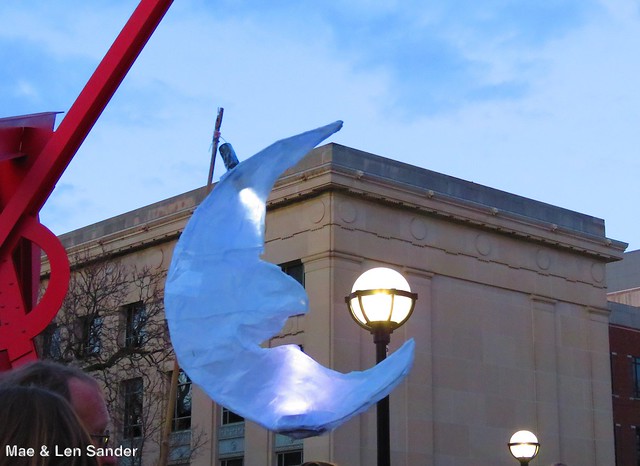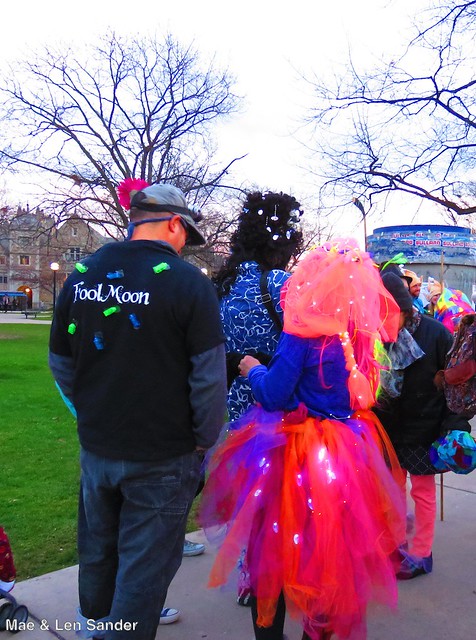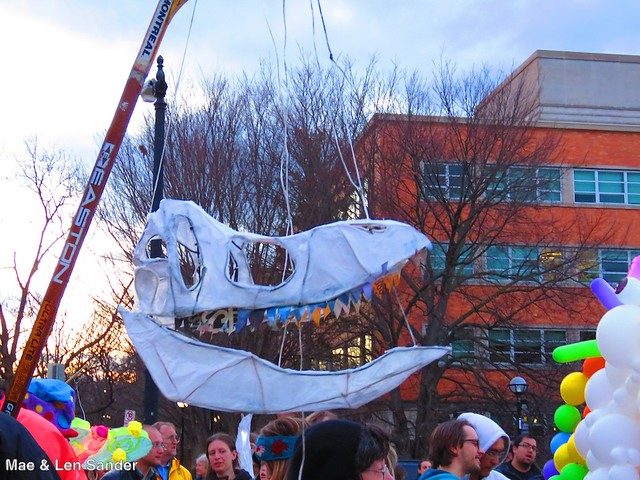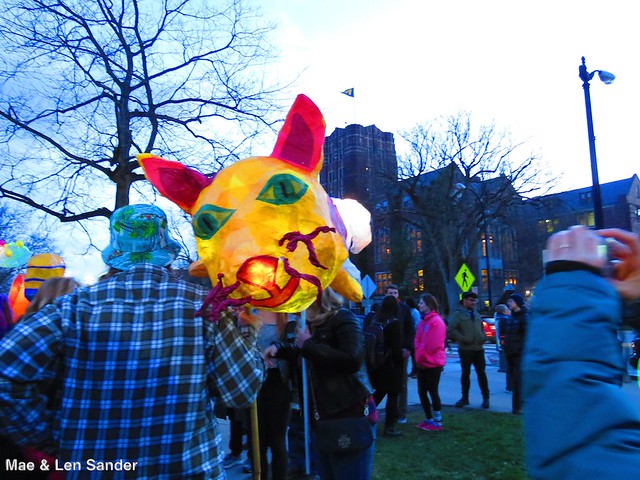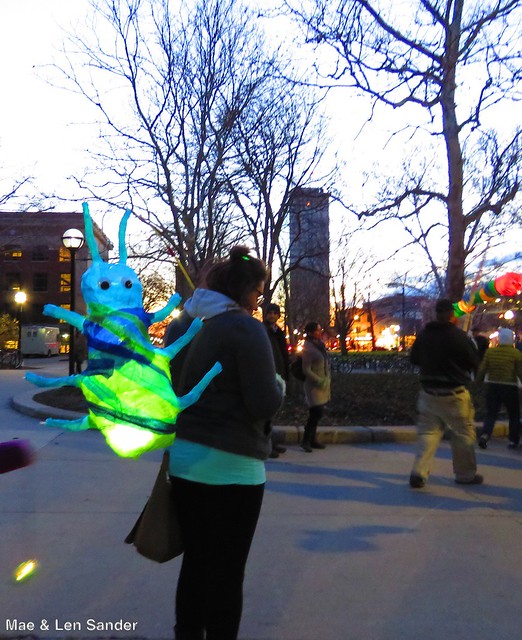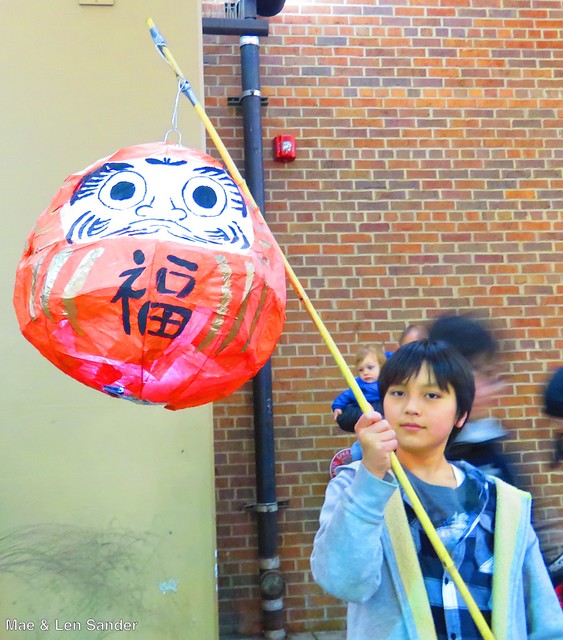 |
Vesuvius from Naples at Sunset (Wikipedia) -- often mentioned as
visible from "the neighborhood," the impoverished area where narrator
lives for most of her life. |
Brilliant in a wold that doesn't value brilliance. Sensitive in a world full of dishonesty, violence, and death. Seeking identity in a world that subjugates women to men. The two women in Elena Ferrante's Neapolitan novels are irresistible. I've now finished the third and fourth of the series; I wrote about the first two books here:
Prosciutto, Symbol of Abundance Amidst Poverty.
The two women are the narrator, Elena Greco, and her friend Lina or Lila or Raffaella Cerullo, both born in 1944. The four books cover the characters' entire lives from their time as star pupils in elementary school through old age. Throughout the first book, I thought that the "brilliant friend" was Lila, but at the end Lila says to the narrator: "you’re my brilliant friend, you have to be the best of all, boys and girls.” (Kindle Location 4173).
I think each regards the other as her "brilliant friend." At the end of the last book: "Now I was a mature woman with an established profile. I was what Lila herself, sometimes joking, sometimes serious, had often repeated: Elena Greco, the brilliant friend of Raffaella Cerullo. From that unexpected reversal of destinies I would emerge annihilated." (
The Story of the Lost Child: Neapolitan Novels, Book Four pages 459-460).
The first book begins with Lila's disappearance, reported to Elena by her son Rino: "It’s been at least three decades since she told me that she wanted to disappear without leaving a trace, and I’m the only one who knows what she means. She never had in mind any sort of flight, a change of identity, the dream of making a new life somewhere else. And she never thought of suicide, .... She meant something different: she wanted to vanish." (
My Brilliant Friend: Neapolitan Novels, Book One, Kindle Locations 173-176).
The final book ends with this disappearance. By now the reader too knows what is meant. As I read, I often felt that the book was not about two women, but about one woman whose life had two possibilities, which somehow she realized simultaneously. The book is obviously how chance and choice create their two separate destinies from what I see as a single beginning.
The four volumes follow a progression that seems familiar from feminist novels of earlier times, such as the early novels of Doris Lessing. To summarize these elements of parallel feminist life stories:
We begin with unaware girlhood -- Lila and Elena start out with similar promise, similar poverty, similar families, similar fears of the powerful forces in "the neighborhood."
For Lila: dropping out before high school and early marriage to a shopkeeper. For Elena: high school and university education, success as a novelist, marriage to an intellectual; above all, respectability.
Children/domestic misery -- here the fact that the women take two paths and especially start domestic life at very different ages means another set of contrasting experiences.
Elena leaves the neighborhood and lives in several other Italian cities, as well as in another part of Naples. Lila never leaves the neighborhood.
Lila leaves her marriage while still a teenager. She takes a lover, Nino; breaks up with him; then supports herself and her son, first working at a terrible and exploitative factory job. Eventually she studies the newly emerging computer technology and becomes a successful business owner in partnership with a man who eventually is also a life partner.
In their early twenties: social awareness. Communist activism, political idealism/ideology for Elena. Lifelong indifference or hostility to conventional politics for Lila. For both: disillusion with male-dominated and doctrinaire politicians and hatred of neighborhood bosses.
Feminism in its militant 1970s form for Elena.
Elena leaves her husband over a decade later than Lila -- with the same man, Nino, who has obsessed her since childhood.
Throughout, the women's relationship to their children is very important. The children's births, early lives, emergence as adults, and their relationships to each other and to their various fathers provide a major element of the overall plot of the books.
A more standard version of a woman's life in the 1970s would have Elena's feminist consciousness liberate herself and become self-sufficient, using her income from being by this time a well-respected writer. Instead of liberating herself, however, Elena lives in the shadow of Nino, giving up her ambitions for a time until she finally does free herself. Though she can't accept how flawed Nino is, her narrative makes the reader highly aware of what a weak and selfish man he is. During this time, she returns to Naples and to long years of closeness to Lila, eventually ended by another break.
The book shows the two women's constant awareness of the politics of "the neighborhood" in Naples, where they are born and mostly live. It depicts their interaction with the various powerful figures of the neighborhood; events such as the major earthquake of 1983; the politics and struggles of Italy in the era (such as the death of Aldo Moro); and a general awareness of the world at large. The four books create a vast panorama set against the ugliness of urban poverty, the beauty of the sea and Mount Vesuvius, the constantly changing Naples landscape, and the complexity of life for all.












































